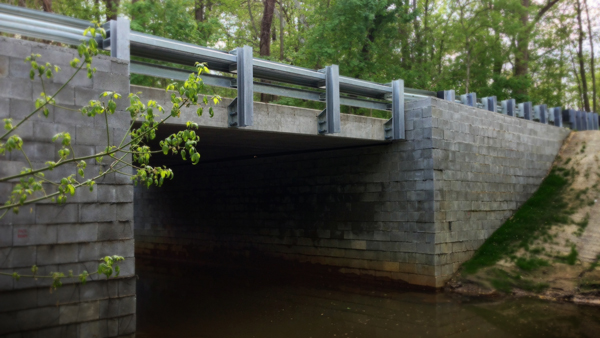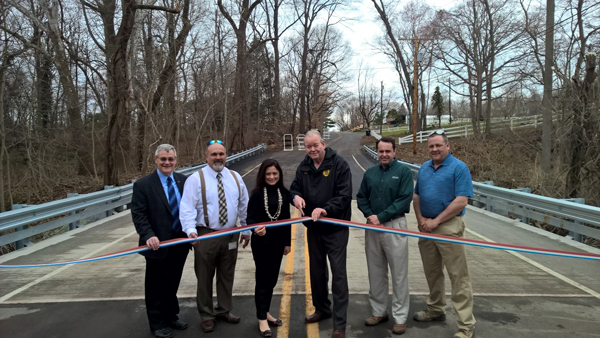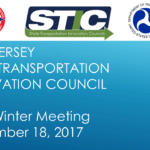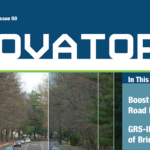No record was found.
Category Archives: Uncategorized
NJ STIC 2017 Winter Meeting
The NJ State Transportation Innovation Council recently held its 2017 Winter Meeting.
Definitions of Knowledge Sharing Practices
| Example of Techniques and Tools | Description |
|---|---|
| Annotated Template/Guidance Document | Templates, outlines, or other content/format guidelines to provide guidance on items for inclusion and how to go about writing and documentation. |
| Communities of Practice | A group of people who deepen their knowledge and expertise by interacting with each other over time and who share that collaborative knowledge with others in the organization, but not a formally constituted work team |
| Critical Incident Review/Lessons Learned | Capture lessons of experienced employees’ approach to problem solving. Creates a database and allows for discussion of what worked, what did not work, and why. Focuses on finding root causes and process issues |
| Expert Interviews | Skilled interviewer asks questions of employee to make tacit knowledge explicit. |
| Job Shadowing | Veteran employee shares knowledge with a less experienced employee and provides hands-on practice in dealing with everyday problems and the most difficult situations |
| Knowledge Maps | Used to discover the location, form, ownership, value and use of knowledge and people’s expertise to make better use of knowledge and identify barriers to knowledge flow |
| Last Lecture/Story Telling/Oral History | Retiring employee or employee with expertise is encouraged to give a presentation in a staff meeting and/or lunchtime talk. Event can be face-to-face or via a video. Description of what really happened to give context, engage feelings and minds, help listeners see relevancy to their own situation |
| Mentoring Programs | Training for specific situations or developmental needs, effective for transferring organizational cultural information, relationships outside units, develop higher level of proficiency |
| Peer Exchange | Peers from state DOTs, or regional and local governments, meet to exchange ideas and best practices on a specific topic to benefit research, development, and technology transfer programs. |
| Process Documentation | Flow diagrams that illustrate a process and identifies roles and responsibilities of various parties, including process, participants and products at each step in the process. |
| Research | Research advances innovation and contributes to broad implementation of specific processes and procedures. |
| Tech Talk Events | SMEs present information on specific innovative initiatives or research findings at lunchtime talks or half-day events |
| Training | SME conducts training session on specific topic |
| Videos | Illustrates how a job or task is done or innovation is achieved. Documents model or innovative practices. |
| Webinar | SMEs conduct online training that can be accessed live or reposed for on-demand usage. |
| Workshop | Half-day or full-day event including practical application of knowledge transferred. |
GRS-IBS Makes Quick Work of Bridge Replacement
When flooding forced the closure of the Jessup Mill Road Bridge over Edward’s Run in Mantua Township, New Jersey, county officials turned to a quick but effective solution to reopen the vital community link: geosynthetic reinforced soil-integrated bridge system technology.

New Jersey’s first GRS-IBS project replaced a flood-damaged bridge in Gloucester County. Video: View EDC Geosynthetic Reinforced Soil-Integrated Bridge System presentation
“We had observed the use of innovative bridge construction methods in other states that reduce time,” said Vincent Voltaggio, Gloucester County engineer. “In particular, we wanted to explore the use of GRS-IBS methods for our application.”
GRS-IBS, an Every Day Counts innovation since 2011, is helping meet the nationwide demand for small, single-span bridges by delivering low-cost, durable structures that can be built with commonly available equipment and materials. Instead of using joints, deep foundations, approach slabs or cast-in-place concrete, this project used a prefabricated superstructure supported on GRS-IBS abutments built using layers of geosynthetic reinforcement and compacted fill.
Built in 1925 and rehabilitated in 1940, the Jessup Mill Road Bridge included a reinforced concrete arch culvert and an 84-inch diameter corrugated metal pipe that was beyond repair, requiring a 6-mile detour for the 2,300 travelers who used the bridge each day.
Although GRS-IBS was a new approach in New Jersey, Gloucester County officials chose the technology to minimize the cost and duration of the bridge replacement, which took place from December 2014 to March 2015. Using GRS-IBS cut at least a month—about 25 percent—from the construction timeline, and the experience gained from the county’s first use of the innovation is expected to save even more time on future projects. Using GRS-IBS instead of conventional construction also allowed crews to replace the bridge during winter weather.
The new structure was constructed within the footprint of the old bridge to maintain both vertical and horizontal alignment. The span is 22 feet long and 32 feet wide to accommodate two 11-foot lanes and 5-foot shoulders.

Curtis Shugars, Vincent Voltaggio, Heather Simmons, Robert Damminger, Ron Moore and Michael Sheahen celebrate the opening of the new Jessup Mill Road Bridge.
The new bridge used a prefabricated superstructure consisting of prestressed concrete beams and a composite reinforced concrete deck supported on a GRS-IBS structure. The U-shaped GRS abutments and wing walls kept the new bridge within the right-of-way limits.
Jessup Mill Road is about 13.5 feet above the Edward’s Run channel bed. The 17-inch-thick concrete superstructure provided the greatest hydraulic opening of the alternative bridge types evaluated.
“This bridge has been completely replaced and is modern and safe,” said Robert Damminger, director of the Gloucester County Board of Freeholders. “We appreciate the patience of those that have been affected by this bridge closure, but now we can all be confident this bridge will not be a danger to our motorists or the community.”
Joseph Spadea is a senior engineer and project manager for Pennoni Associates Inc. in Newark, Delaware.
This article first appeared in the September/October 2015 issue of the Innovator (Issue 50, FHWA-15-CAI-011).


